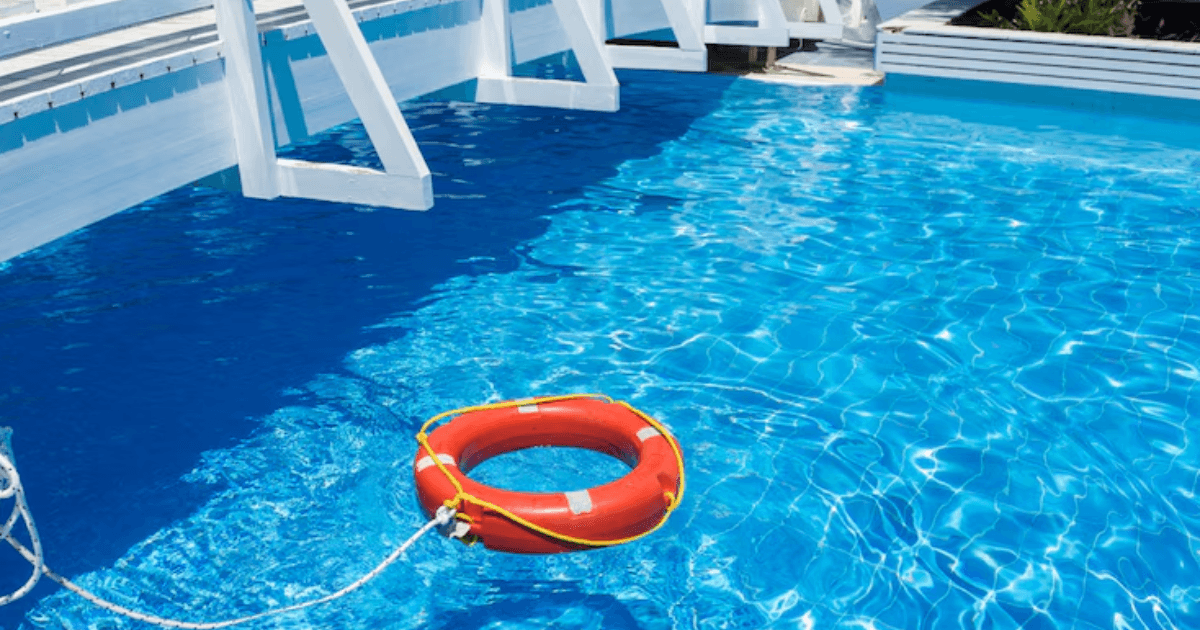Introduction
You might have to spend hundreds of dollars to have the plaster corrected next spring if you don’t close your newly plastered pool correctly. You should take extra care of the spotless area you spend so much time in, especially when winter comes. Did you know that even a small mistake, such as neglecting to maintain the pH of your pool in balance may etch or discolor newly laid plaster? But relax; I have this. I will go over everything you need to do to ensure your pool remains safe during the winter. There’s no need to guess with this guide; it gives you tried-and-true ways to keep your pool in great shape. Learning how to securely cover your pool and balance the water’s chemistry can help you prevent mistakes that would cost a lot of money and cause great worry at the beginning of the following swim season. Are you ready to start? Let’s protect that beautiful new plaster!
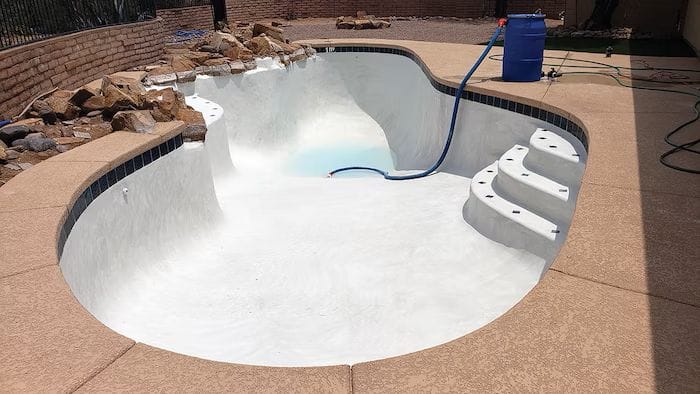
Why Winterizing a Newly Plastered Pool Is Crucial
Winterizing a freshly plastered pool is not only an essential step but also a way to protect your investment. For the first 28 days, fresh plaster surprisingly heals with great fragility. This increases your chances of peeling, staining, and damage from frigid temps. Ignorance of appropriate winterizing may lead to an imbalance in water chemistry. Ugly coloration or cracks resulting from this might cost thousands to repair. Events like these might cause an increase of 20 to 30 percent in the annual maintenance cost of a pool. You have to empty your equipment, ensure the pH, alkalinity, and calcium hardness of the water are all adjusted, and install a durable pool cover to preserve that new plaster. If you allow the cold weather in, repairs may cost more than what would winterize, which is a small part of those costly repairs. Trust me; maintaining your pool today will help you avoid many problems down the road.
Preparation Before Closing the Pool
Test and Balance Pool Chemistry
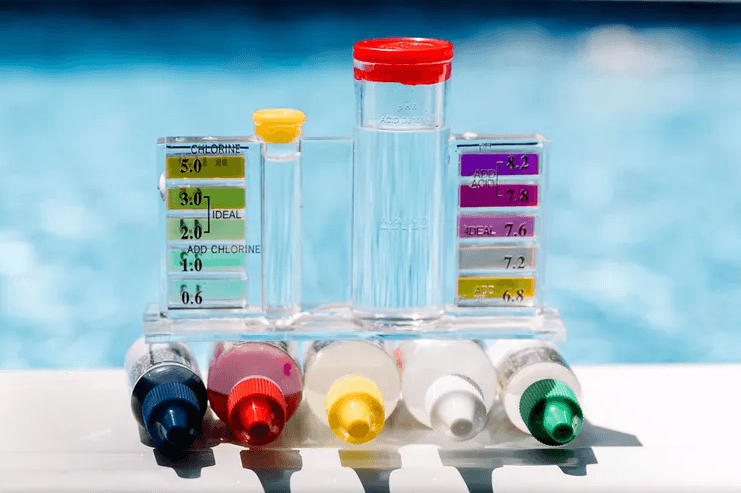
Before closing your pool for the season, you need to find the right balance. Maintaining appropriate levels of pH, alkalinity, and calcium will help maintain the new plaster. If you don’t maintain the proper concentrations of the chemicals, they might either harm or scale new cement. The optimal pH range is between 7.4 and 7.6; the optimal alkalinity range is between 80 and 120 ppm; the ideal calcium hardness range is between 200 and 400 ppm. Keeping these regions in excellent repair during the off-season depends on you.
Inspect Pool Equipment
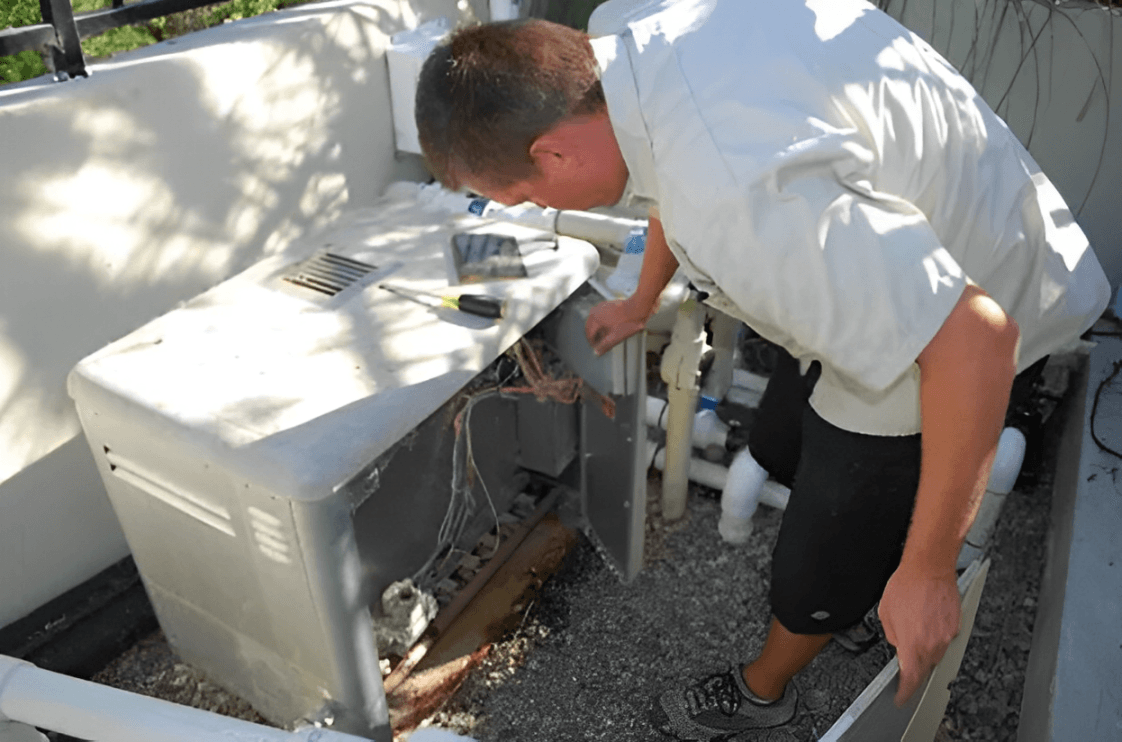
Make sure each component of your equipment is in excellent condition! The pump, filter, and heater should all be checked for leaks or wear. Any little problem now might turn into a major one in spring. Make sure the pump or skimmer basket is empty and clean so that lubricating components such as the O-rings are free from defects. This maintenance makes your tools last longer!
Remove Debris and Clean Thoroughly
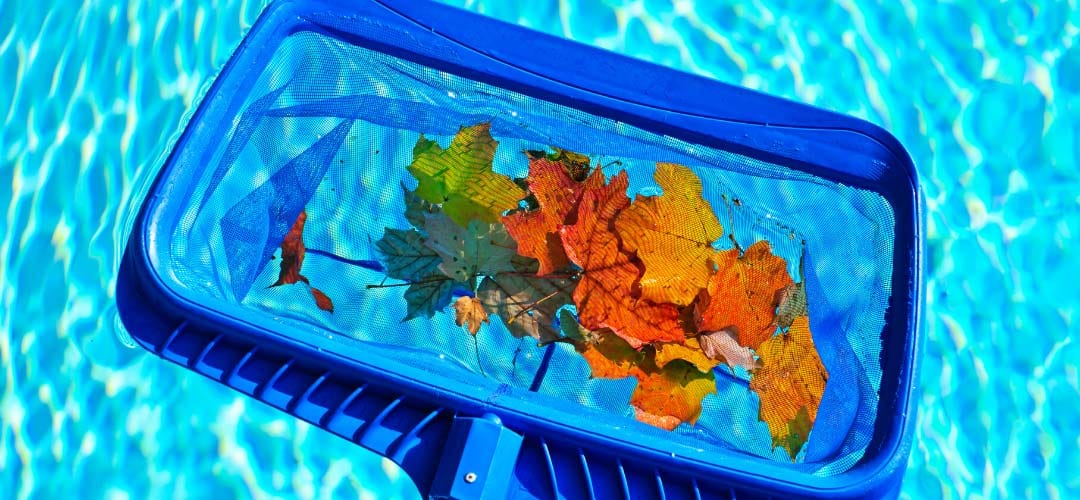
One should brush, clean, and skim! Remove the dirt, leaves, and other trash to prevent staining the tile and plaster. To avoid scratching the surface, make sure you use safe plaster brushes. The long-term performance of your pool may be much improved by one simple action!
Steps to Winterize a Newly Plastered Pool
Proper winterizing your freshly plastered pool is very crucial to preserving the plaster and the pool equipment. Follow these actions to ensure the winter safety of your pool.
1. Lower the Water Level
To prevent freezing damage to the tile and plaster, drain the water just below the skimmer and tile line. This helps avoid the potential for cracking and discoloration caused by ice expansion. In colder climates, it’s wise to lower the water level to about 4-6 inches below the inground pool tile line. In milder areas, you can leave it slightly higher.
2. Add Winterizing Chemicals
Winterizing chemicals help maintain the plaster’s integrity while preventing algae growth. Use a good algaecide, chlorine-free shock, and stain preventers. These chemicals protect the curing plaster without harming it. Avoid harsh chlorine-based products that could discolor the plaster. Gently maintain the balance to keep everything in check!
3. Protect Pool Plumbing and Equipment
Freezing pipes can cause expensive damage. To prevent this, blow out all the lines to remove any remaining water. Don’t forget the return lines, skimmers, and drains. For extra protection, you can add pool antifreeze to the pipes. This is a great safeguard, especially in freezing temperatures!
4. Covering the Pool Properly
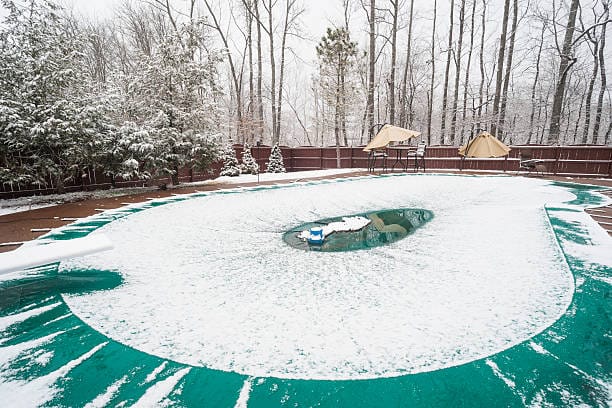
Choosing the right pool cover for your newly plastered pool is vital! Opt for a solid safety cover, which will prevent debris from accumulating and protect the pool from harsh weather. Make sure the cover is tightly secured to prevent it from shifting or letting water pool on top. A good cover means less maintenance when it’s time to reopen the pool!
Following these steps will keep your newly plastered pool in tip-top shape all winter long! Proper winterization protects your investment and ensures that your pool will be ready for use as soon as the weather warms up again!
Common Mistakes to Avoid When Closing a Newly Plastered Pool
While closing a freshly plastered pool you must carefully handle these common problems. First, too much water could damage the fresh plaster and increase its cracking chances. And I know, you do not want this! Usually several inches below the skimmers, the water level should be kept exactly perfect. Using powerful chemicals, such as algaecides or high amounts of chlorine, which may harm the plaster and produce signs or other wear indicators, is another major problem. Maintenance of equipment is also very important! Overlooking to clean your filter, heater and pump before winter can cause components to freeze and break when you are ready to open in spring. Maintaining the plaster’s and equipment excellent condition for a long, smooth season depends on ensuring they are correctly winterized. Spending a little time now can help you save a lot of worry and financial burden down the road!
Expert Tips for Long-Term Pool Care
Every winter you have to check the water level for long-term pool maintenance. Low water may damage the plaster; excessive water might discolor it. Always be careful with everything! If you just put fresh plaster, it’s crucial to have a professional open your pool in the spring. This guarantees that before use, everything is examined and maintained in excellent form. Frequent inspections, especially of the tools and plaster, are essential to prevent later costly repairs. Early little issue detection can help your pool endure more years. Remember that, over time, proper maintenance of your pool will save you money and time.
Conclusion
Ultimately, keeping both the plaster and your pool equipment as long as possible depends on running your freshly plastered pool through its winterizing procedure. Ignoring this might result in costly repairs as damage like strains and fractures builds quickly, sometimes by as much as 30 %! By carefully balancing the water’s chemistry, checking and repairing any malfunctioning equipment, and correctly covering your pool, you can protect an investment that could last decades. Remember that a few simple actions today, such as reducing the water level and applying appropriate chemicals, can help you save a lot of money for repairs next spring. Prepare your pool for winter now; you will be ready to jump in when the temperature rises! If you treat your pool, it will appreciate you.
Frequently Asked Questions (FAQs)
1. How to winterize a plaster pool?
To close a newly plastered pool, balance water chemistry, run the pump 24/7 for 7 days, avoid shocking, and follow the plaster manufacturer’s guidelines.
2. What to do after a pool is plastered?
Test water regularly, maintain chemical balance, and brush to remove plaster dust. Avoid using automatic cleaners for 28 days.
3. Can you vacuum a newly plastered pool?
Avoid vacuuming for two weeks to prevent scratches. Don’t use automatic cleaners for four weeks.
4. Is it OK to leave a plaster pool empty?
Don’t leave the pool empty for more than 8-10 days to avoid plaster damage.
5. What chemicals are needed to close a pool?
Balance pH, alkalinity, and calcium, add winterizing algaecide, shock the pool, and adjust salt levels if needed.
